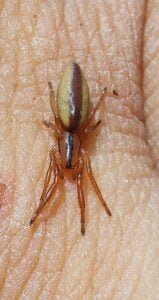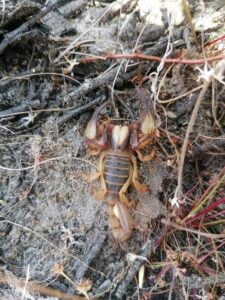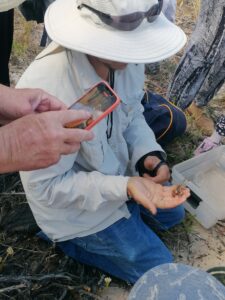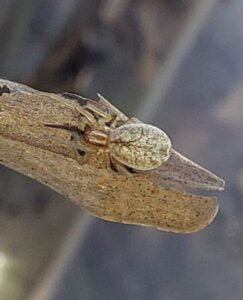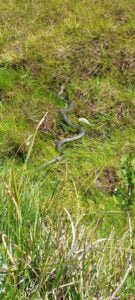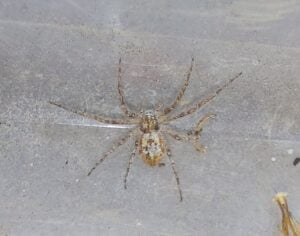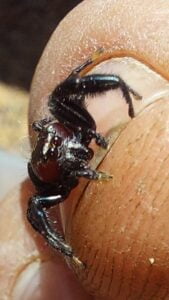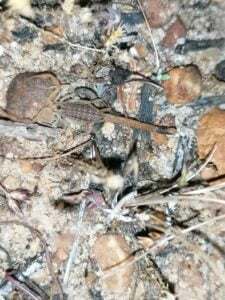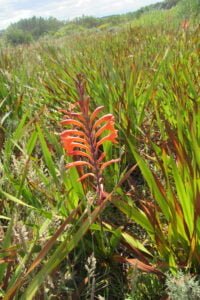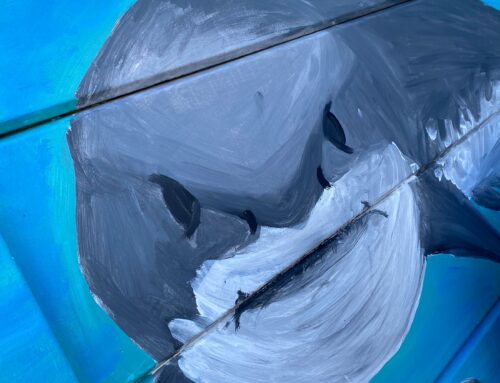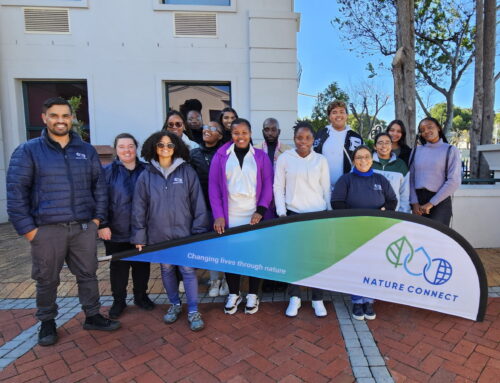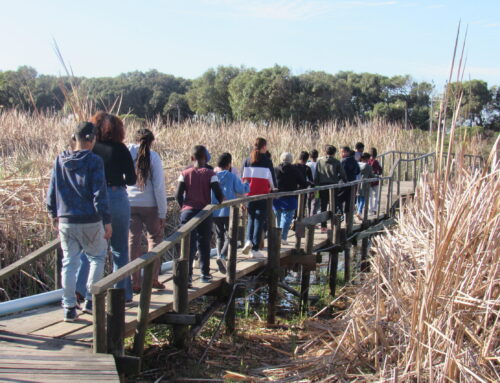Written by Fayruz Prins
For generations, an irrational fear of creepy crawlies and slithery snakes has pervaded society. Misconceptions about the dangers posed by these creatures have given them an undeserved negative reputation. With urban sprawl encroaching on natural habitats, human-animal encounters have become more frequent, often resulting in traumatic experiences for both parties. As summer unfolds across the country, the incidence of snake encounters is on the rise.
In an effort to demystify and appreciate the often misunderstood realm of reptiles and arachnids, the Kenilworth Racecourse Conservation Area recently hosted a guided walk. The primary goal was to foster a deeper connection between people and nature by enhancing their understanding of the natural environment and its inhabitants. Addressing the prevalent fear of spiders, Wessel Pretorius, a distinguished arachnid enthusiast affiliated with the Spider Club of Southern Africa, generously shared his expertise with the group, while dispelling common misconceptions about spiders. He also answered some inquisitive questions from the group and assisted with identifying the spiders found on site for addition to the biodiversity database.
The event drew the interest of 30 keen participants whose fascination grew as Wessel passionately educated, not only children, but everyone in attendance. Employing a simple and humane method, participants shook bushes while holding a bucket underneath to catch spiders as they descended, allowing for close examination before releasing them unharmed. This approach, suitable for home activities with children, revealed approximately 25 different spider species, some of which remain undescribed by science. Notable finds included Common Black Baboon spiders (Harpactira atra), Meshweaver (Chariobus lineatus), Sac spiders, and various Wolf spiders.
In addition to shaking bushes, pitfall traps were strategically placed in the field to trap scorpions without harming them. Expertly supervised, participants had the opportunity to interact with the Cape Burrowing Scorpions (Opistophthalmus capensis) and Variegated Lesser Thick-Tail Scorpions (Uroplectes variegatus), employing appropriate handling techniques for a safe and educational experience. It is crucial to note that interacting with wild animals should only be done under the supervision of experts that are familiar with the species’ behaviour and if a confident identification has been made.
While reptile sightings were relatively scarce due to their evasive nature, the group did observe Mole snakes (Pseudaspis cana), Parrot-Beaked Tortoises (Homopus areolatus), and a Cape skink (Trachylepis capensis). These reptiles contribute to a diverse community of 17 different species within the KRCA. The walk also uncovered other intriguing creatures such as stick insects, frogs, and velvet ants.
All the species encountered during the walk are integral components of our ecosystem, some pre-dating even the dinosaurs. They play vital roles in the food web, regulating prey populations and serving as a food source for other animals.
Exposure to nature and its inhabitants diminishes fear and fosters understanding, influencing our reactions when encountering these creatures in our daily lives. We are hopeful that these walks instil a sense of respect for these animals and greater awareness for their role in nature and in turn, our well-being.
- rbt


